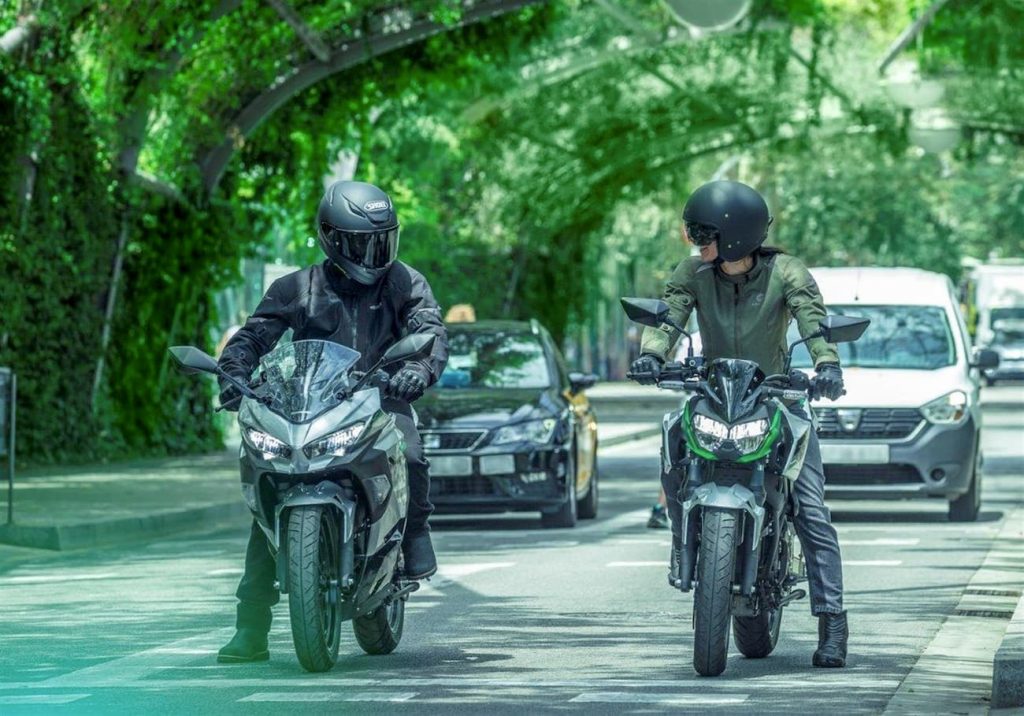
Kawasaki has finally revealed the final specs as well as pricing for its first two electric motorcycles, the Kawasaki Ninja e-1 and Z e-1.
Both bikes are now launching in North American markets (US and Canada) as well as in the UK.
In the US, the Ninja e-1 will be priced at US $7,599, while the 2024 Z e-1 starts at a slightly lower US $7,299.
Both models have rock-bottom performance specs, leading our previous coverage to conclude that their only hope for success would be if the prices matched the low-hanging performance. And it looks like Kawasaki managed to pull it off with lower pricing than many had anticipated.
While not reaching parity with the brand’s 125cc combustion engine-powered models, the prices still put the new models square in the center of the commuter electric motorcycle market.

The Kawasaki Ninja e-1 (faired sport bike) and the Z e-1 (naked bike) will both share the same 5 kW electric motor. That chain-driving motor is rated for 9 kW of peak power, but only in bursts.
There are two riding modes, Eco and Road mode. The bikes have a boost button that increases the burst power and top speed temporarily. Eco mode will use lower power and is limited to 40 mph (64 km/h) but can hit 47 mph (76 km/h) in boost mode. Road mode offers a higher constant speed of 55 mph (88 km/h) but can be boosted up to 65 mph (105 km/h). The E-Boost feature will only last for 15 seconds, so riders would be advised to use it wisely in an overtaking situation.
The bikes use a pair of removable 1.5 kWh battery packs, offering a combined 3 kWh of capacity. That’s even smaller than the troubled SONDORS Metacycle’s 4 kWh battery pack, which has led to criticisms of the bike’s low range.
With 3 kWh of battery capacity on board, Kawasaki says the bikes can achieve 41 miles (66 km) of range in Road mode without using the electric boost feature. There’s no word from the company on what speed that range is measured at, but that figure works out to an efficiency of 73 Wh/mile and thus is likely around 35 mph (56 km/h) of average speed.
The batteries, which weigh 25 lb. (11.4 kg), can each be recharged from a typical wall outlet in under four hours, or from 20-80% in under two hours.

While these prices come in at around half of a typical Zero or LiveWire electric motorcycle, they also have much lower than half of the performance.
That means that these Kawasakis are purely urban-oriented motorcycles. A range of less than 40 miles (64 km) in real-world usage and a top speed of 55 mph (88 km/h) prevents their use on most highways, again limiting them to local urban riding.
But for many city dwellers, that could be all that is necessary. And with removable batteries, apartment residents can enjoy street parking and at-home charging, provided they can muscle 50 pounds (23 kg) of battery into their building.
Author: Micah Toll
Source: Electrek



